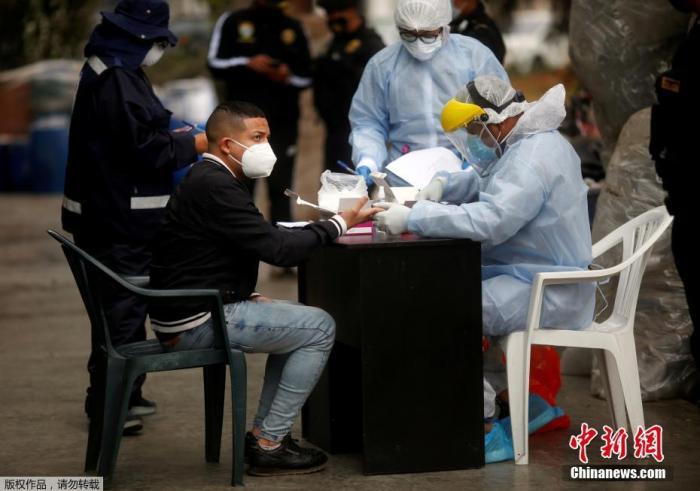November 25 According to a report by Peru’s Public News, Peru’s Ministry of Health reported on November 24 that there were a total of 952,439 confirmed cases of COVID-19. The health minister said the government has been negotiating with laboratories to get 24.5 million doses of COVID-19 vaccine in the first quarter of 2021, with the goal of vacculating adults nationwide before the general election on April 11, 2021.
According to reports, the COVID-19 data released by Peru’s Ministry of Health on the 24th shows that there are 1,882 new confirmed cases of COVID-19, of which 621 have been added in the past 24 hours, and the other 1,261 are adjusted and supplemented, with a total of 952,439 confirmed cases; 44 deaths in a single day, with a total of 3 deaths. 5,685 cases. At present, 4,408 people are still hospitalized for treatment, and 882,600 people have recovered.
On the same day, Peruvian Health Minister Masetti said that the latest serum antibody-positive study conducted in Lima showed that 35% of the population was infected with the novel coronavirus, which means that the remaining 65% of Lima citizens are still at risk of contracting the virus.
Marcetti also reported that the Peruvian government has been negotiating with laboratories to obtain 24.5 million doses of the coronavirus vaccine in the first quarter of 2021.
Marcetti said that Peru has signed an agreement with Pfizer Laboratory in the United States to obtain at least 9.5 million doses of COVID-19 vaccine, of which 1.5 million should arrive in Peru in the first quarter of 2021. At the same time, Peru is also negotiating with other laboratories. Marcetti confirmed that in December 2020, a small batch of 50,000 doses of vaccine from Pfizer Laboratory will arrive in Peru, which will be used to detect the storage and distribution system of COVID-19 vaccines, which can start operating in January 2021.
On the other hand, the non-alcoholic beverage industry has been hit hard by the coronavirus epidemic. Scotiabank estimates that soft drink and bottled water production will decline by about 25% in 2020.
Scotiabank pointed out that this is mainly related to the contraction of private consumption in 2020. Under the epidemic, the employment and income level of the people are low, and their consumption capacity is reduced. According to data from the Economic Research Department (DEE) of Scotiabank, soft drink production has fallen by 15% so far and bottled water production has fallen by 15%. Demand is expected to recover after the start of summer.



